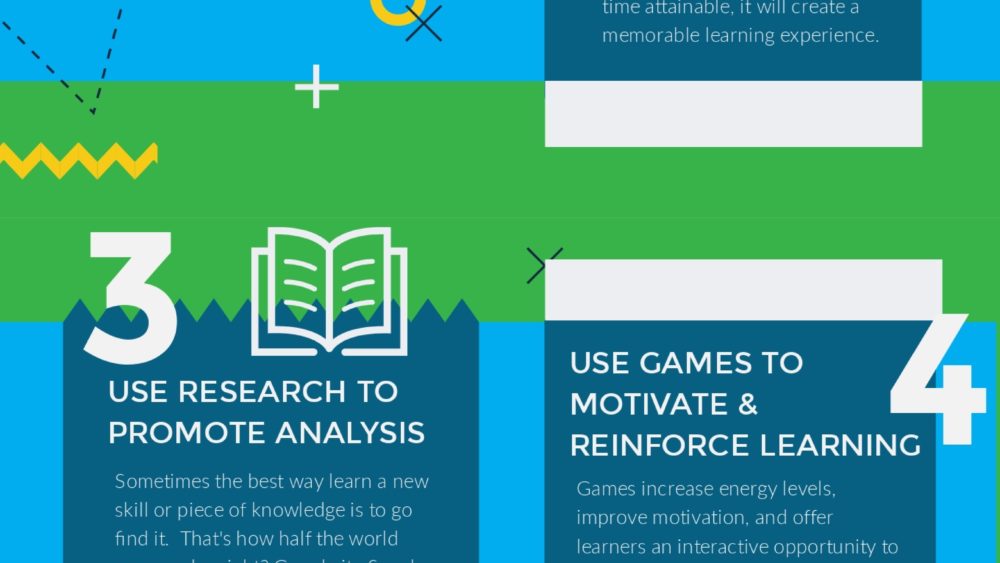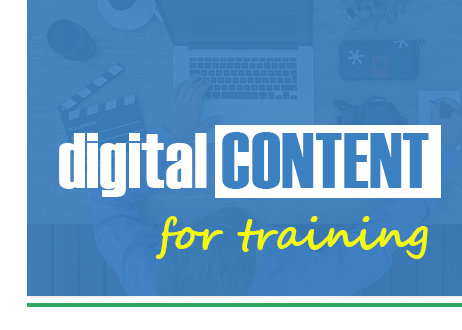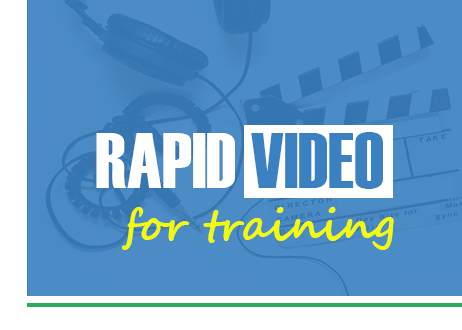Learning Through Doing
Learning through doing is a powerful way to make your learning more engaging and have a longer lasting effect. This is one of the things Jonathan Halls emphasizes in his workshops on learning. By having learners do the task you are teaching, they start the process of practice and retrieval which is critical for learning to be effective.
Click on the infographic for a PDF version of the infographic that you can download or print.
Two good reasons stand out that make learning through doing a valuable technique for workplace learning professionals.
Keeping Up Energy Levels
One is the fatigue factor. When learners are stationery, sitting still in their chairs or at their desks in a classroom, simply listening to someone speak or talk through a slide deck, they become tired and very often tune out.
But when you get people up and moving around, they become more focused. It sends oxygen to their brains and they become more alert.
Getting people to do something practical around the topic, as opposed to getting them to listen about it will make learning more engaging.
Practice
Another is that doing is usually about practice. When you lead learners to do something practical – whether it’s discussing a topic, doing some trial and error or performing a psychomotor skill – they are actually practicing it.
Practice, in particular deliberate practice, is key to learning, as we discuss in our train the trainer workshops. We’re exploring deliberate practice with our posts next week, and linking to additional resources for doing it in the workplace training room.
Practicing is a form of what learning psychologists call retrieval. They’re pulling information in and out of the working and long term memory stores.
Retrieval is the key to building long term memories whether those memories are declarative or procedural knowledge. That is, something something we know or something we do.










Comments are closed.